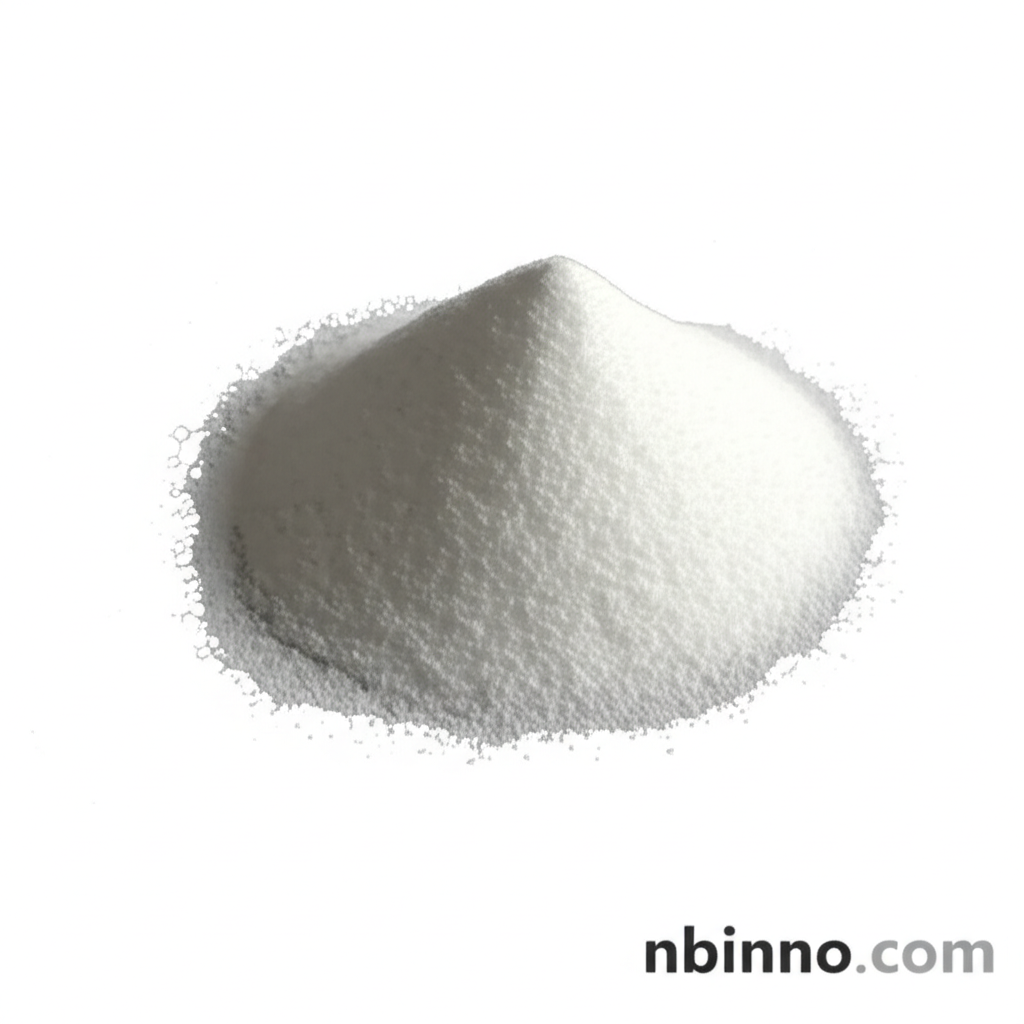9,10-Dibutoxyanthracene: Properties, Applications, and Photochemical Behavior
Discover the versatility of 9,10-Dibutoxyanthracene, a key compound in advanced organic synthesis and electronic material development.
Get a Quote & SampleProduct Core Value

9,10-Dibutoxyanthracene
9,10-Dibutoxyanthracene (CAS 76275-14-4) is a specialized organic compound recognized for its role as an important raw material in organic synthesis. Its unique photophysical properties make it a candidate for advanced applications in fluorescent dyes, light-emitting materials, organic semiconductors, and liquid crystal displays.
- Explore the synthesis pathways of 9,10-dibutoxyanthracene, understanding its preparation for various industrial needs.
- Investigate the photochemical behavior of this anthracene derivative, particularly its interaction with singlet oxygen.
- Understand its potential as a photoinitiator and sensitizer in photopolymerization and UV curing applications.
- Learn about its use as a key intermediate in the development of electronic materials and photoresists.
Key Advantages
Chemical Versatility
Leverage the chemical versatility of 9,10-dibutoxyanthracene for diverse organic synthesis projects, enabling the creation of novel compounds and materials.
Photochemical Reactivity
Benefit from its unique photochemical reactivity, making it suitable as a singlet oxygen generator or scavenger in specialized applications.
Material Science Potential
Utilize its potential in advanced material science, contributing to the development of next-generation electronic components and display technologies.
Key Applications
Organic Synthesis
Serve as a crucial building block in complex organic synthesis, facilitating the creation of fine chemicals and specialized intermediates.
Electronic Materials
Contribute to the field of electronic chemicals, functioning as a precursor for OLED materials, photoresists, and other advanced electronic components.
Photopolymerization
Act as an electron transfer sensitizer for photopolymerization, crucial for UV curing applications in coatings, inks, and adhesives.
Photochemical Research
Serve as a model compound for studying photochemical degradation mechanisms and singlet oxygen interactions, vital for scientific advancement.
